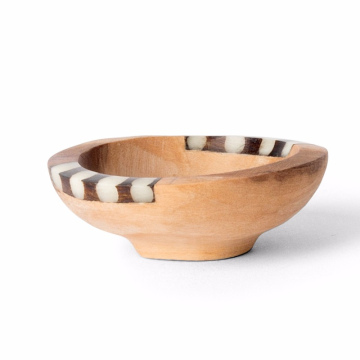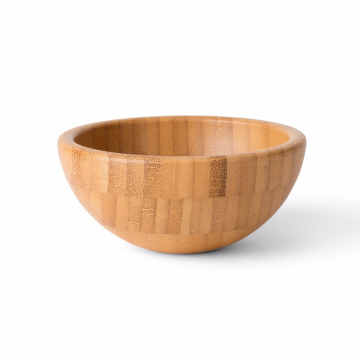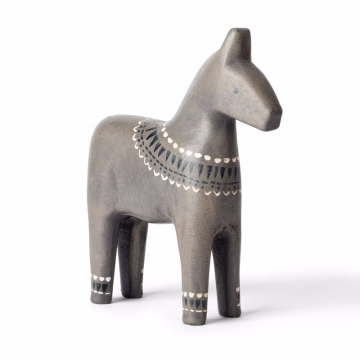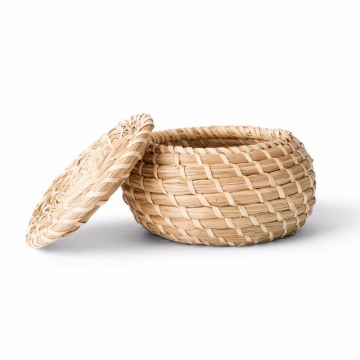The Origins of Onigiri
The origins of onigiri trace back to ancient Japan, where rice was not only a staple food but also regarded as a sacred element of the culture. The earliest references to rice balls can be found in historical texts as well as archeological findings that date back to the Heian period (794-1185). Initially, onigiri served a practical purpose, functioning as a portable form of sustenance for travelers and soldiers. These rice balls were often molded by hand, shaped into triangular or oval forms, which made them easy to hold and consume while on the move.
Evolving Through the Centuries
As time progressed, onigiri began to evolve, adapting to the culinary trends and social dynamics of each historical period. During the Edo period (1603-1868), with urbanization on the rise, merchants started selling onigiri at roadside stalls, leading to its emergence as an accessible quick meal. This adaptability made onigiri a common sight in dinning and picnics alike, transcending class boundaries and becoming universally appreciated among various segments of society.
Cultural Significance in Japanese Society
Onigiri transcends mere sustenance; it embodies a rich tapestry of cultural significance within Japanese society. Often associated with home-cooked meals, onigiri can evoke feelings of comfort and nostalgia, a connection to family and tradition. It is common for families to prepare specific onigiri shapes and fillings during celebrations or national holidays, reinforcing traditions across generations. Furthermore, regional varieties have emerged, reflecting local customs and ingredients—each area of Japan boasts its unique twist on this beloved dish. Whether filled with umeboshi (pickled plum) or tuna mayo, each onigiri tells a story of its regional roots and culinary heritage.
Ingredients and Preparation of Onigiri
Onigiri, also known as Japanese rice balls, are a cherished snack that highlight the beauty of simplicity in Japanese cuisine. The primary ingredient for preparing onigiri is short-grain rice, ideally Nishiki or Koshihikari, which is known for its sticky texture when cooked. This stickiness allows the rice to hold its shape when molded into balls.
To prepare onigiri, begin by measuring out two cups of rice. Thoroughly rinse the rice under cold water until the water runs clear, typically requiring three to four washes. This step removes excess starch, preventing the rice from becoming too gummy. After rinsing, soak the rice in water for approximately 30 minutes to achieve the desired texture upon cooking. Drain the water and transfer the rice to a rice cooker or pot, adding the appropriate amount of water, usually about 2.5 cups.
Cook the rice according to the rice cooker's instructions or on the stovetop, bringing it to a boil then reducing it to low heat, covering it with a lid until all the water is absorbed. Once cooked, let the rice rest for 10 to 15 minutes before handling. For optimal flavor, season the rice with a sprinkle of salt, which also enhances the onigiri's taste.
When shaping onigiri, wet your hands to prevent sticking, and take a small handful of rice, roughly 1/2 cup. Create a small indentation in the center to hold your chosen filling. Traditional fillings include pickled plum (umeboshi), grilled salmon, and seaweed, but feel free to experiment with your preferred ingredients. Form the rice into a triangular or oval shape, applying gentle pressure to ensure it holds together without being overly compacted.
Wrap the formed onigiri with a strip of nori for added flavor and texture, and serve immediately or store wrapped in plastic to maintain freshness. With the right ingredients and preparation techniques, onigiri can offer a delightful culinary experience that caters to a variety of tastes.
Variations of Onigiri Around Japan
Onigiri, the beloved Japanese rice balls, showcase remarkable regional diversity that goes beyond their basic form. Each area of Japan infuses its own local ingredients, flavors, and culinary traditions into these popular snacks. The variations in fillings, seasonings, and even shapes of onigiri reflect the rich tapestry of Japanese cuisine and culture.
In the Kanto region, for instance, one can find a delightful version of onigiri known for its sweet filling. Often made with sweetened red bean paste, this type of onigiri reflects the local palate that tends to favor milder, sweeter flavors. Additionally, Kanto onigiri may feature a sprinkling of sesame seeds or furikake—seasoned rice sprinkles that enhance both the visual appeal and taste.
Traveling north to Hokkaido, one encounters a different onigiri experience altogether. Here, rice balls are frequently filled with fresh seafood, such as salmon or crab, taking full advantage of the region’s rich marine resources. Hokkaido onigiri are often larger and boast robust flavors, embodying the essence of the cold waters in which these ingredients thrive. Moreover, the rice utilized in Hokkaido is known for its distinct texture—sticky yet fluffy—making these onigiri appealing to both locals and tourists alike.
Alongside these distinctive regional specialties, local herbs and seasonings also play a crucial role. For example, onigiri from Kyushu might be infused with yuzu, a citrus fruit native to Japan, providing a refreshing twist. These creative adaptations highlight the adaptability of onigiri, allowing it to flourish in various culinary contexts across the country. With such a wealth of regional variations, onigiri not only serves as a satisfying meal or snack but also as an embodiment of Japan's diverse food culture.
Onigiri in Modern Cuisine and Global Influence
Onigiri, often referred to as rice balls, has evolved significantly from its humble beginnings as a traditional Japanese food. In recent years, it has increasingly become a staple of modern cuisine, both within Japan and across the globe. This evolution can be attributed to various factors, including the importance of convenience and the growing trend of food fusion, which has introduced onigiri to diverse culinary landscapes.
In Japan, onigiri cafes have emerged, offering a wide range of flavors and fillings that cater to contemporary tastes. These establishments go beyond the classic umeboshi and salmon fillings, incorporating ingredients such as avocado, spicy tuna, and even seasonal vegetables, thus attracting a new generation of consumers. This innovation reflects a broader trend where traditional dishes are reimagined to fit modern lifestyles, showing the adaptability of onigiri as a versatile food option.
Furthermore, onigiri has gained remarkable popularity as street food, appealing to busy urban dwellers seeking nutritious and portable meal alternatives. The portable nature of onigiri makes it an ideal choice for those on the go, readily available at convenience stores and food stalls nationwide. As the world becomes increasingly health-conscious, customers are favoring onigiri for its wholesome ingredients and ability to provide balanced nutrition.
Internationally, the allure of onigiri has sparked creativity in fusion cuisine, with chefs and home cooks alike experimenting with new flavors and concepts. This cross-cultural adaptation has led to unique interpretations, such as onigiri sushi rolls or plant-based versions that cater to vegan diets. With its simple yet fulfilling ingredients, onigiri continues to be an ideal canvas for culinary experimentation, affirming its presence in diverse food cultures. The global journey of onigiri illustrates not only its rootedness in tradition but also its capacity to embrace change and innovation.








